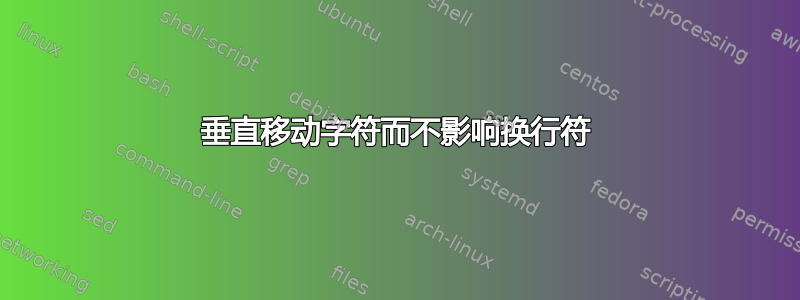
我正在尝试设置边注指甲。我想使用实际的 unicode 字符作为手形符号,并希望将其偏移到注释其余部分的左侧,放大并稍微向下移动,以便它指向正确的行,如下所示。
 现在我有下面的代码,它接近我想要的,但是放大和移动的手形符号导致了大的换行。
现在我有下面的代码,它接近我想要的,但是放大和移动的手形符号导致了大的换行。
\usepackage{marginnote}
\usepackage{fontspec}
\usepackage[hmarginratio={1:3},totalwidth={4.5in},marginparwidth={13em},marginparsep={3em},vmargin=1in]{geometry}
[...]
\lettrine{\red{B}}{eginning of document}
In this example I want the manicule to be pointing at the end of this line.
\marginnote{\raisebox{-1em}{\llap{\fontspec{AppleSymbols}\huge{☜}}}\lipsum[5-5]}
\lipsum[1-4]
所以我的问题是,如何让 Latex 在为其余边注换行时忽略手写字符。或者有没有更好的方法来实现这个结果。
我在 TexStudio 中使用 LuaLaTex
答案1
如果你只在该上下文中使用该符号,则可以使用以下方式缩短输入\newunicodechar
\documentclass{article}
\usepackage{marginnote}
\usepackage{lettrine}
\usepackage{fontspec}
\usepackage[
hmarginratio={1:3},
totalwidth={4.5in},
marginparwidth={13em},
marginparsep={3em},
vmargin=1in
]{geometry}
\usepackage{newunicodechar}
\usepackage{lipsum}
\newfontface{\symbolsfont}{AppleSymbols}[Scale=1.8]
\newunicodechar{☜}{%
\raisebox{-0.5ex}[0pt][0pt]{%
\makebox[0pt][r]{\symbolsfont ☜}\ignorespaces
}%
}
\begin{document}
\lettrine{B}{eginning of document}
In this example I want the manicule to be pointing at the end of this line.
\marginnote{☜\lipsum[5][1-2]}
\lipsum[1-4]
\end{document}
避免\fontspec在文档正文中使用,它很慢而且效率低。





